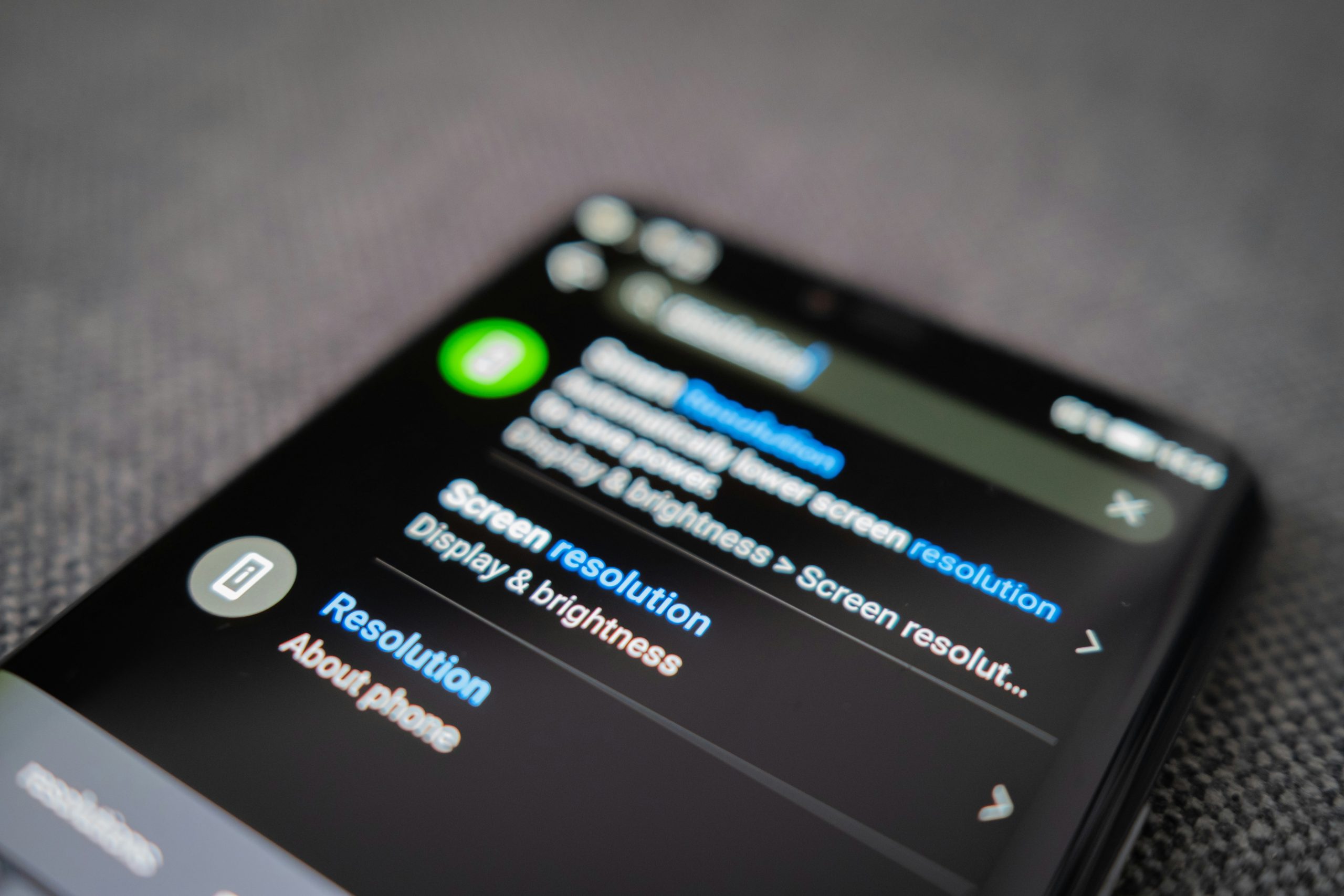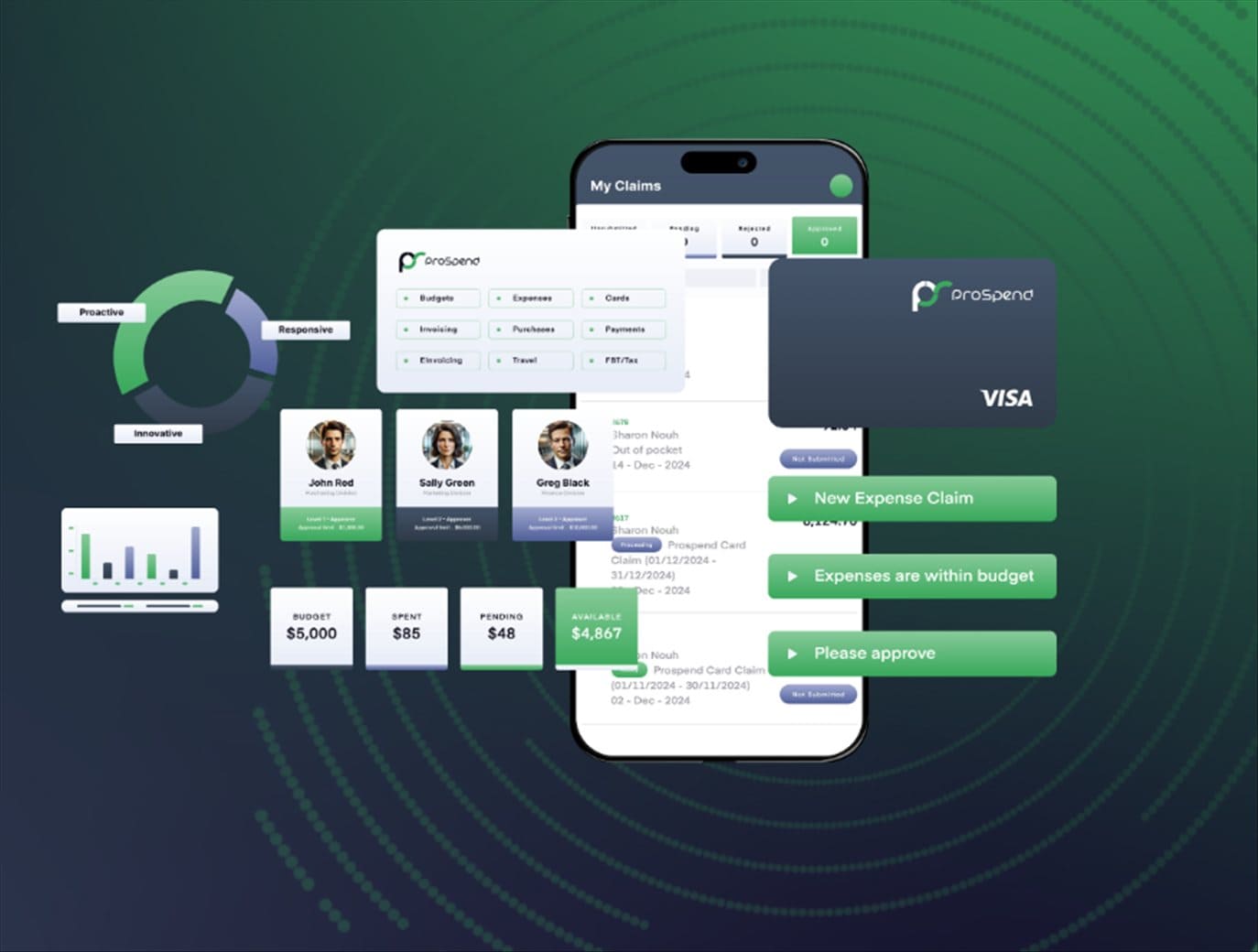
Note: This is a guest post written by Mark Swan
As deep learning (DL) has become more popular over the years, an increasing number of businesses and software engineers have designed frameworks to make DL more usable. Similar to a machine learning framework, a deep learning framework is an application or tool that generates deep learning models instantly with minimal effort without diving deep into the underlying algorithms.
Frameworks only define deep learning models made of pre-built and optimized components. Deep learning engineers use a framework to handle most of the work in real time rather than manually coding hundreds of lines. Today, there’s a wide range of frameworks available that the new deep learning user would have difficulty picking. Popular frameworks include:
- TensorFlow – Created by Google in 2015, TensorFlow is a framework and a complex network of tools, libraries, and resources.
- PyTorch – Developed by Facebook’s research group, PyTorch is a library developed in Python and C++ that may be downloaded as an open-source software. For more information about PyTorch, learn more here.
- Keras – Founded by researcher François Chollet, Keras solves DL and machine learning problems, and uses deep learning to do rapid tests.
With so many choices available, how should you choose a deep learning framework? While choosing a framework is based on many factors, such as your scope of work, the coding language you’re using, or even your skill set, there is more to it. Continue reading this article to learn other tips for choosing the best deep learning framework.
- Ask Yourself Some Questions
You’ve resolved using a framework for writing your next DL model project, and chances are that you’ll be using one you’re already familiar with. However, is it the most appropriate for the job at hand? Before you settle on a specific framework, ask yourself some questions to know that you’re not coding against the grain. Take note of the following:
- How will this framework benefit me?
- Is the framework consistent with what I am working on?
- Is the framework constantly being developed, and does it have an excellent user base?
By asking yourself such questions, you ensure that the framework will meet your needs in the present and the long term.
- Look for Frameworks With Easy Programming and Debugging

Source: publicdomainpictures.net
Frameworks are mainly focused on increasing code quality and readability for the benefit of developers. Learning to make code readable is challenging for new developers because it’s difficult to evaluate the differences between a readable code and an unreadable one. With a good deep learning framework, though, you will get a more responsive coding experience, which makes your model clearer and easier to read. Easy readability can speed up your DL model data learning and processing period.
Other than that, potential errors in your code can cause unusual behavior and crash in your process. Make sure to find frameworks that provide easy debugging and maintenance. Frameworks like Keras have back-end platforms with too many levels of abstraction, so debugging can be challenging.
- Consider Frameworks With High APIs
High-level deep learning application programming interface (API) is the most successful approach to improve data science processes. DL software libraries with APIs, like TensorFlow and Keras, have significantly eased the implementation by offering greater flexibility with user experience as well as easy dealing with machine learning applications. The main benefit of employing an API is that it provides you with a very clear and well-defined interface to your analytics, which readily interacts with any machine learning application.
Furthermore, API permits your model to be used by several apps written in any language or framework. There is no need for additional software or configuration, so once the deployment is up and running, it may be queried directly.
- Avoid Low-End Deep Learning Frameworks
Low-end DL frameworks offer the same service but at a cheaper price. When you consider low-end frameworks, though, you’re sacrificing usage complexity for a low cost, as well as the ability to handle big applications in difficult circumstances. The barter you’re about to make will have a large impact on your workflow. Keep in mind that low-cost frameworks are only useful in small and medium projects, but still come with some downsides.
Final Thoughts
Choosing the right deep learning framework can be challenging as there are so many to choose from, and the list continues to grow as demand for artificial intelligence research and machine learning applications increases. For this reason, new deep learning frameworks are developed every day.
The efficiency of deep learning frameworks depends on the scope of work. If you’re an experienced DL engineer, it’s always tempting to go with the usual one. However, to meet certain needs, it’s best to pick what is appropriate for your project and to be interested and aware of new solutions. Check out this article again when you find yourself starting a new DL model project.






